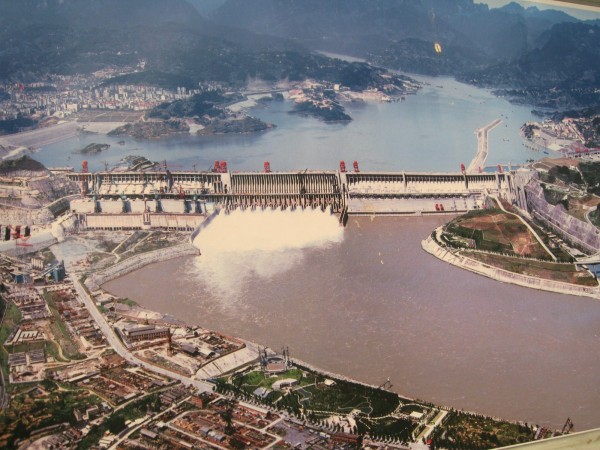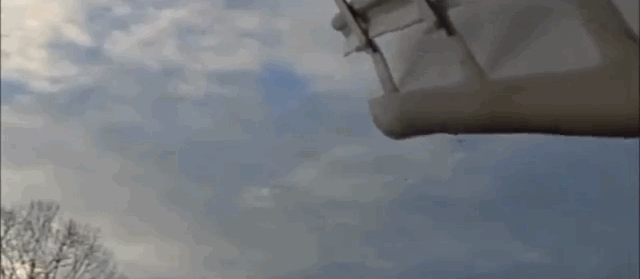“You ain’t supposed to get salmon when they’re swimming upstream to spawn. But if you’re hungry, you do.” -Loretta Lynn
One of the most remarkable stories in the natural world is the end-of-life story of the salmon. After being born in a stream, tributary, or other small spawning ground, baby salmon swim downstream into the ocean, and then back upstream to their original spawning ground -- often many hundreds of miles -- to spawn and die. Have a listen to Leftover Salmon’s song this week,
while you consider how the advent of hydroelectric dams has changed things.
 Image credit: Pedro Vásquez Colmenares, via his flickr account at http://www.flickr.com/photos/pvcg/3412711352/.
Image credit: Pedro Vásquez Colmenares, via his flickr account at http://www.flickr.com/photos/pvcg/3412711352/.
Yes, they generate green energy, they have virtually no carbon emissions, and they can be a tremendous good in this world. But there are also a whole host of environmental problems that dams can create, and one of the more difficult ones to solve -- made harder by the size of the larger dams -- is just how salmon can get over these barriers.
If only there were some clever solution that took advantage of physics.
 Image credit: Whooshh Innovations, via http://www.theverge.com/2014/8/11/5983681/whooshh-innovations-wants-to-….
Image credit: Whooshh Innovations, via http://www.theverge.com/2014/8/11/5983681/whooshh-innovations-wants-to-….
Come learn about Whooshh Innovations' salmon cannon, and how it might be on the precipice of restoring salmon farther upstream the Columbia River than they have been since pre-dam times!

NB. the dying salmon are of the pacific variety. here in Europe we get long-lived salmon who return to spawn again and again.
I grew up near the big Norrfors rapids and when a dam was built, the construction of a "salmon stair" was a condition for the construction to proceed.